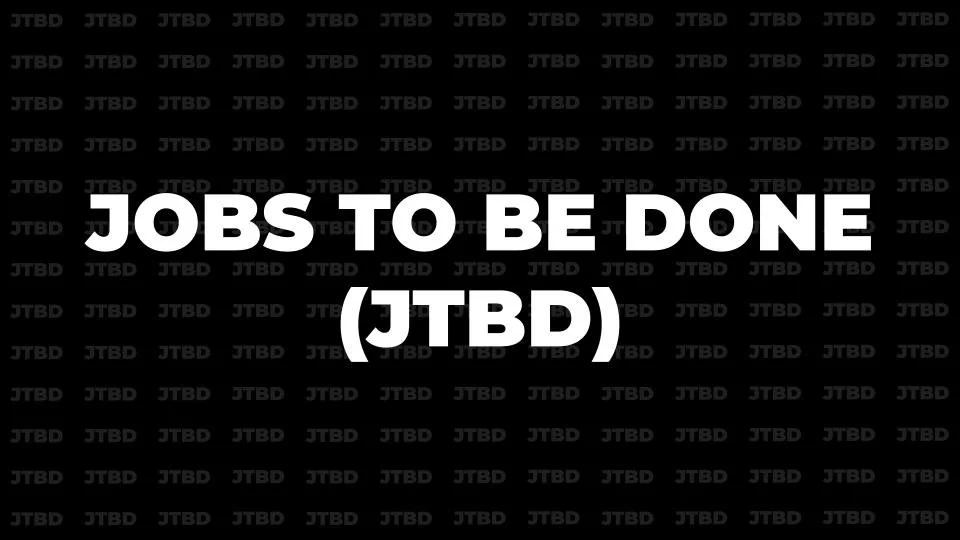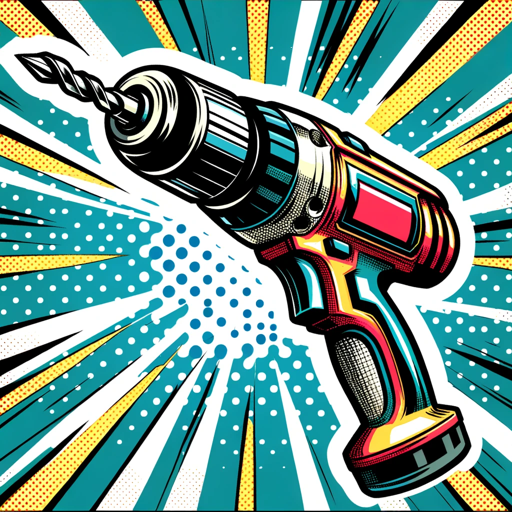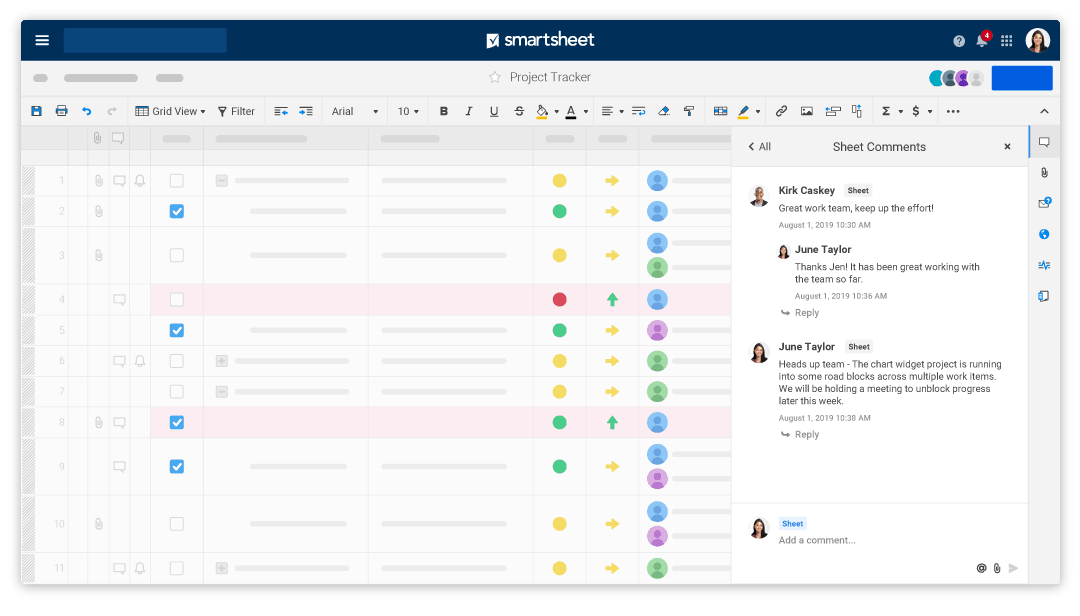PORTFOLIO
I have experience leading research teams, leveraging research insights to inform strategy, uncovering the customer needs behind customer behavior, and using Jobs To Be Done to drive product direction and design prioritization.
Below are a few high-level samples from my portfolio. If you want to learn more, check out my resume and please contact me.
Implementing Jobs To Be Done into the Product Development Process
My role: As the Senior Manager of UX Research at Smartsheet, I led an initiative using Jobs To Be Done (JTBD) to center the product design and development process around customer problems.
Methods: Review of past research findings, literature review, stakeholder workshops and interviews, and journey mapping.
Highlights: Creating a JTBD ‘guild’ with three other UX researchers to educate and evangelize JTBD in the Product org and establish oversight and governance of the Jobs To Be Done process.
Impact: JTBD is a Product org-wide initiative where it is now the standard way to align on what problems a product is solving and used to help the design team prioritize their work and tell the story of what their designs are accomplishing
ChatJTBD | A Jobs To Be Done focused Custom GPT
My role: I built and launched ChatJTBD as a ChatGPT custom GPT. The goal was to create an an AI guide for unlocking the power of Jobs To Be Done (JTBD) and helping people learn about JTBD, generate JTBD lists, develop JTBD research plans, and prioritize / validate existing JTBD.
Methods: A formal review of JTBD methodologies and identifying key steps for creating JTBD. This became the basis for how the app was built, including the primary actions and prompts.
Highlights: Launching it on LinkedIn and monitoring the reception! As of this writing still a work in progress.
(Re)building and scaling a UX research team
My role: As a Manager of UX Research at Smartsheet, I led the team through the turbulent times of Covid and the great resignation, following the departure of the Director of UX Research and VP of Design.
Highlights: Maintained team culture, introduced new standup meetings and team ceremonies, implemented new ops and processes, and scaled the team to meet increasing demands.
Impact: The team went from being poorly staffed and lacking defined processes to properly covering product research needs with increased efficiency, and improving our transparency with stakeholders via a research repository and project tracking systems.
Using mixed-method generative research to guide product development
My role: As a Senior UX Researcher at Smartsheet, I worked with designers and product managers to improve the comments feature with new conversational capabilities.
Methods: Competitive analysis, literature review, BI analysis, internal team interviews and surveys, user survey, design mapping workshop, concept testing, usability testing, and customer feedback analysis.
Highlights: Watching the feature launch as part of the keynote presentation at the 2019 Smartsheet ENGAGE conference.
Impact: My research led to a product rebranding from Comments to Conversations, developed tenents that laid the groundwork to guide the development of further conversational capabilities, uncovered customer needs and product workarounds that have led to multiple new features beyond the scope of this project, and led to a 168% growth in comment usage.
End-to-end mapping of the transit rider journey
My role: As a UX Researcher at Anthro-Tech, I performed multiple studies to develop a vision for Sound Transit’s presence across all digital channels.
Methods: Review of past research findings, comparative review, diary study, shadowing study, usability testing, technology capabilities review, stakeholder surveys and interviews, customer surveys and interviews, and journey mapping workshops.
Highlights: Produced a printed booklet that detailed recommendations for their 3-year digital roadmap. Presented to Sound Transit and King County Metro on recommendations for digital bus arrival signage.
Impact: Recommendations led to insights for improving the end-to-end rider experience, content strategy, and best practices for leveraging web technologies to drive rider engagement.
Improving wayfinding and evaluating kiosk effectiveness
My role: As a UX Researcher at Anthro-Tech, I worked with an architecture firm to design improved hospital wayfinding signage and evaluate the effectiveness of a kiosk installation.
Methods: Customer surveys and interviews, shadowing studies, fly-on-the-wall observations, and usability studies.
Highlights: Created a set of guidelines for effective wayfinding signage.
Impact: Ultimate recommendation was to NOT install a kiosk in the hospital due to the lack of observed effectiveness versus cost to install and maintain.





